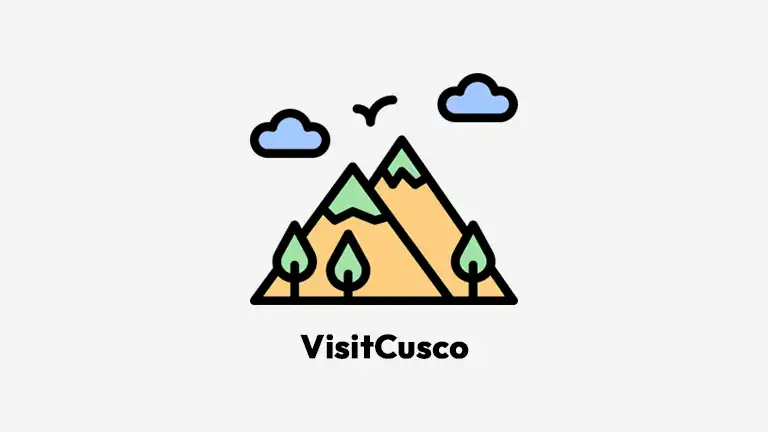As was customary in Inca architecture, cities were built in the shape of animals. Pisac is shaped like a partridge and named after the bird.
In Inka times, Pisac was where the priests lived with their wives and their lands. To become a priest you were expected to make it rain on the fertile soil. Pisac is known for energy! As in ancient times the saying goes today, “You can’t throw a rock without hitting a Shaman.” Pisac has a reputation as being a bit of a boho, hippy town, so that rock might also hit a yoga instructor.
This peaceful town is an increasingly popular option for travelers looking to escape the crowds and get a little closer to day-to-day life in Peru. Set within a gorgeous part of the Sacred Valley, its cobblestone streets play host to photogenic glimmers of traditional rural life and costume, Incan architecture, and one of the most popular markets in the south of Peru.
Pisac Archeological Site
Well, this absolutely should be on your to-do list during a trip to Cusco and The Sacred Valley! The stonework is phenomenal, you get to clamber through a cave, it has sumptuous vertiginous views of the Sacred Valley, the crowds are minimal, and it still feels altogether quite special.
The Pisac ruins are among Peru’s most extensive archeological sites in the Sacred Valley of the Incas. Located on the long crest of a 3300m (10826 ft) high mountain overlooking the Southern end of the Urubamba Valley, Pisac is 32 kilometers Northeast of Cusco.
Spread out over 7 km it takes a good 3-4 hours to really discover these Inca temples, terraces and burial grounds. Go slow and enjoy breathtaking views and photo ops of the Urubamba River Valley.
To gain a deeper understanding and appreciation of the site, hiring a professional guide is essential.
Pisac Market
Pisac is famous for its silver jewelry, colorful Andean weavings and alpaca throws, scarves and other items that are sold at its daily market. Sunday is definitely the best day to hit the market if you want a shot of local culture. The colorfully dressed, local Quechua communities descend from the surrounding highlands to buy and sell their produce.
The Pisac market is a gold mine for the best souvenirs, offering remarkably sensible prices compared to Cusco. Silver jewelry, flutes, backpacks, ornaments, chullos, alpaca wool, and other handmade accessories are decorated with bright colors. Although it operates daily, the official market days are Tuesday, Thursday, and Sunday. The market is biggest on Sunday when Quechua communities from the surrounding area come to town to sell their organic produce.
Perched on the balcony of a restaurant, people watching is almost as fun as shopping.
Felipe Marin Botanical Gardens
This small botanical garden was created in 1917 by a Peruvian botanist and explorer. He built up his collection over many years through correspondence with different botanists worldwide.
It is located down one of Pisac’s cobbled streets inside a typical colonial patio and is an oasis of calm. Relax with a book and a cool drink and enjoy the beautiful flowers and plants, as well as hummingbirds, dragonflies and butterflies.

